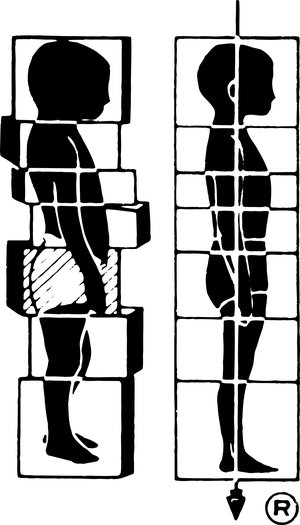Rolfing Research
The latest research can the found here: https://www.rolf.org/research-latest.php
The International Fascia Research Congresses, a brain-child of the Rolf Insitute: https://www.rolf.org/research-frc.php
Several scientific studies of Rolfing have been conducted. For example, in a controlled study at the UCLA Department of Kinesiology (abstracts available from the Rolf Institute) Drs. Valerie V. Hunt and Wayne W. Massey established that the aim of Rolfing, "to create and maintain a more balanced energy system which conserves energy rather than expends it," was, in fact, achieved. They found that:
"Movements were smoother, larger, and less constrained."
"There were less extraneous movements."
"Body movements were more dynamic and energetic."
"Carriage was more erect and there was less obvious strain to maintain held positions."
Research conducted at the University of Maryland demonstrated that Rolfing significantly reduces chronic stress and changes body structure. Rolfing was shown to have significantly reduced the spinal curvature of subjects with lordosis (sway back). This research also indicated that Rolfing enhanced neurological functioning.
Other research projects include a study of Rolfing and its positive effects on the autonomic nervous system published in Physical Therapy, the journal of the American Physical Therapy Association, March 1988 issue.
As the science of connective tissue has progressed in recent years, Rolfing in particular has garnered attention, including its role in co-sponsoring the First International Fascia Research Congress held at the Harvard Medical School in 2007. This field is continually progressing and the second congress will be held at Vrije University in Amsterdam in 2009.
For more expanded and detailed information regarding research done on Rolfing, visit the following links:
http://www.rolf.org/about/research.htm
Fascia Research Society: https://fasciaresearchsociety.org/
http://www.fascia2007.com/
http://www.fasciacongress.org/2009/index.htm
Science Magazine article: Cell Biology Meets Rolfing
http://www.rolf.org/press/pdf/Science%20Mag%2007.pdf
